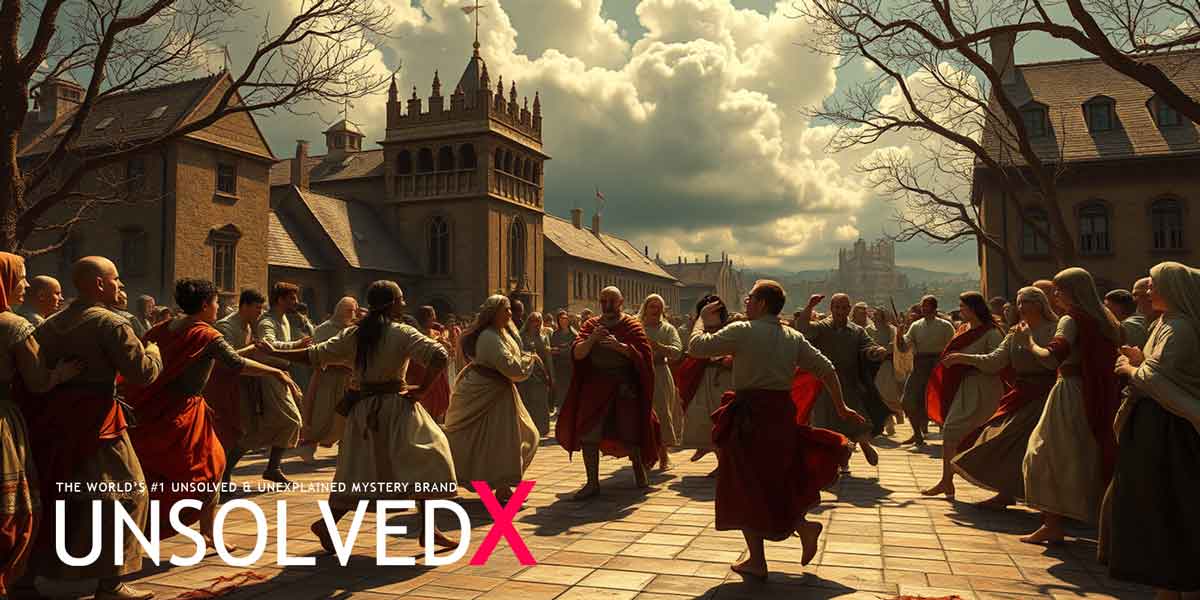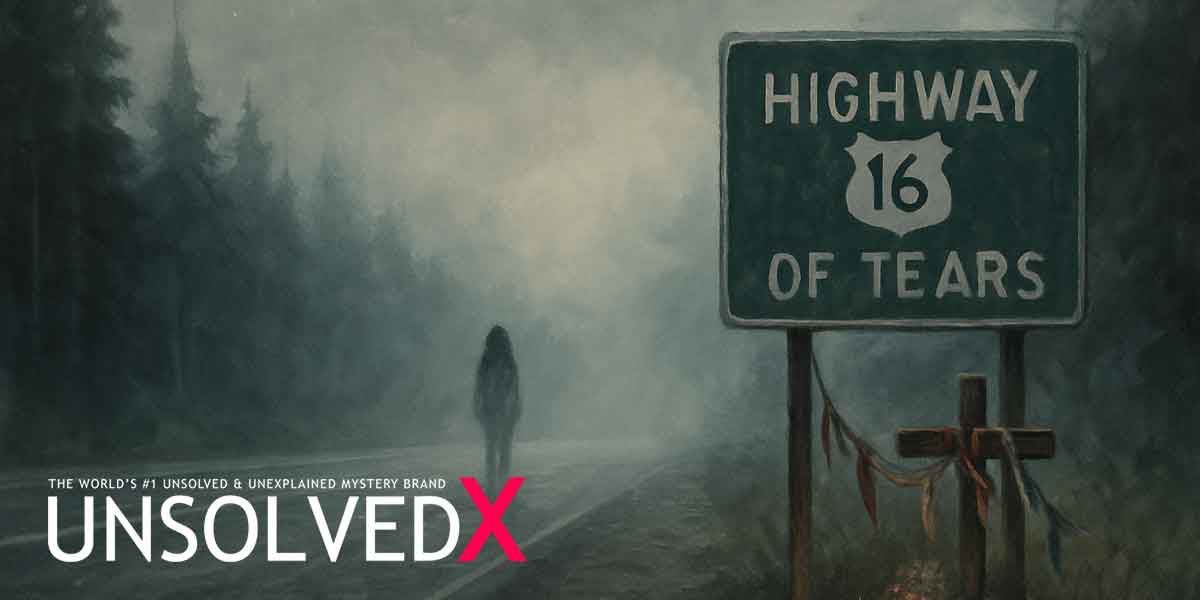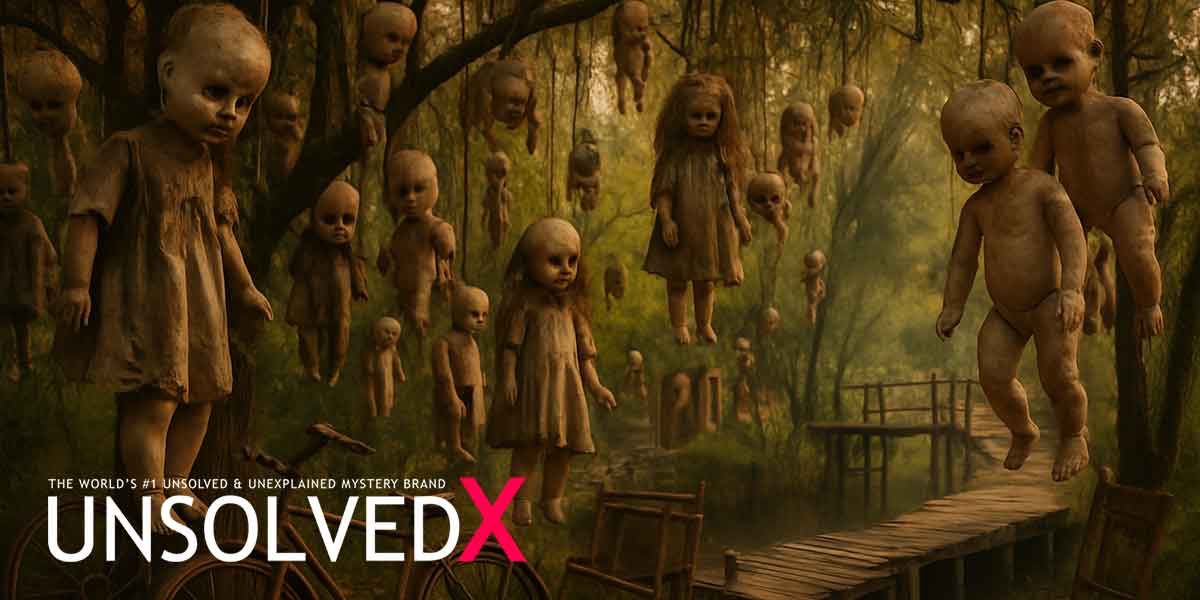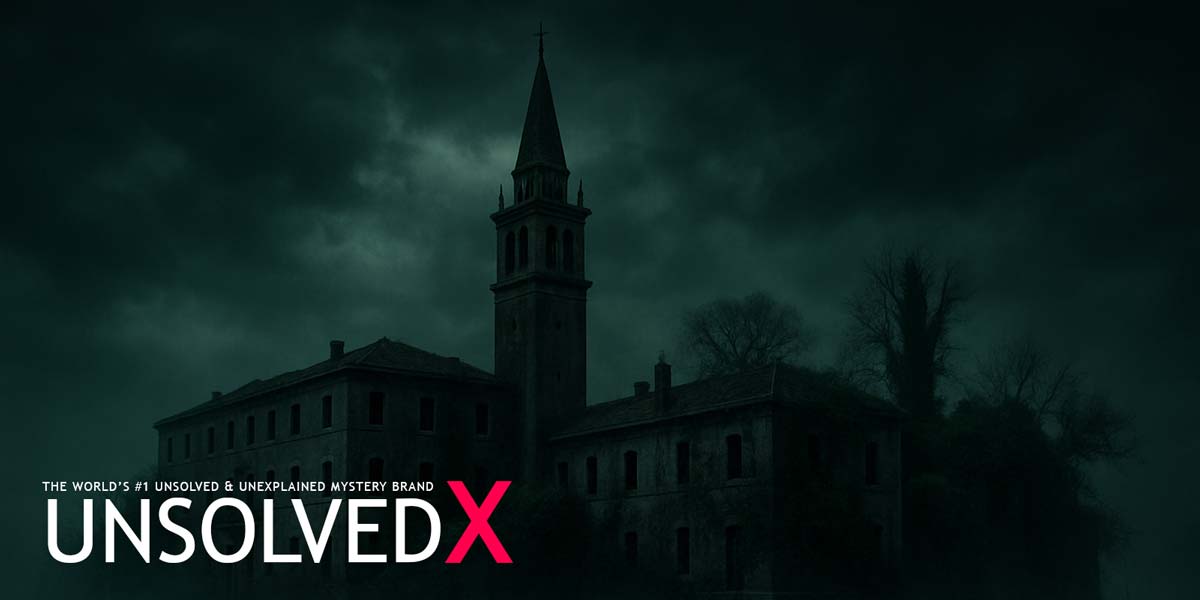The Outbreak’s Chaotic Beginnings
In July 1518, the streets of Strasbourg, a bustling city in the Holy Roman Empire (now modern-day France), became the stage for one of history’s strangest episodes. A woman, known as Frau Troffea, stepped out of her home and began to dance uncontrollably, her movements feverish and relentless. Without music or apparent reason, she twisted and swayed for hours, collapsing from exhaustion only to rise and resume her frenzied dance. Within days, her solitary act sparked a contagion, as dozens of townsfolk joined her, caught in the same inexplicable compulsion. By August, the so-called Dancing Plague had engulfed up to 400 people, men and women alike, who danced day and night, often until they collapsed or, in some cases, perished. Contemporary accounts, including physician notes and city council records, describe a scene of chaos, with dancers sweating profusely, their feet bloodied, and their faces etched with pain or eerie detachment.
The city’s leaders were baffled. Strasbourg in 1518 was no stranger to hardship—famine, disease, and social unrest plagued the region—but nothing prepared them for this. Chroniclers like Sebastian Brant noted the dancers’ anguish, with some crying for help as their bodies betrayed them. The phenomenon wasn’t joyous; it was torturous, marked by convulsions and relentless motion. Estimates of fatalities vary, with later accounts claiming up to 15 deaths per day at the outbreak’s peak, though primary sources are less clear, leaving the true toll uncertain. The event, lasting until September, ended as abruptly as it began, leaving behind a trail of questions that still captivate historians and mystery enthusiasts. This wasn’t an isolated incident—similar outbreaks, like the 1374 dancing mania along the Rhine, suggest a recurring phenomenon, but Strasbourg’s case remains the most documented and perplexing.
Theories and Context: What Fueled the Frenzy?
At the time, explanations leaned heavily on the supernatural. Many believed the dancers were cursed by St. Vitus, a saint thought to punish sinners with uncontrollable dancing, a notion tied to the medieval term “St. Vitus’ Dance” (now associated with Sydenham’s chorea, a distinct medical condition). City authorities, swayed by local physicians, initially diagnosed “hot blood” as the cause, prescribing—astonishingly—more dancing to purge the affliction. They cleared guildhalls, erected a stage, and hired musicians, hoping the dancers would exhaust the fever. Instead, the public spectacle worsened the epidemic, as more joined the throng, perhaps driven by fear or suggestion. Some clergy saw divine wrath or demonic possession, urging exorcisms or pilgrimages to St. Vitus’ shrine, where dancers were eventually taken, clad in red shoes for reasons lost to history.
Modern theories offer more grounded but still debated explanations. One hypothesis points to ergot poisoning, caused by a fungus on rye that produces LSD-like compounds, potentially triggering hallucinations and convulsions. However, ergotism typically causes severe illness, gangrene, or seizures, not sustained dancing, making it an imperfect fit. The most widely accepted theory, proposed by historian John Waller in A Time to Dance, a Time to Die, attributes the plague to mass psychogenic illness. Strasbourg’s residents were under immense stress—crippled by famine, syphilis, and plague, with 1517 dubbed a “bad year” in chronicles. This distress, combined with a cultural belief in St. Vitus’ curse, may have primed the devout to enter trance-like states, their minds manifesting the feared affliction. The public staging of dancers likely amplified the contagion, as fear and imitation spread the behavior.
Legacy and Unanswered Questions
The Dancing Plague’s end in September 1518 brought relief but no closure. Authorities whisked remaining dancers to a mountaintop shrine, where prayers and rituals seemed to quell the mania. Why it stopped remains as mysterious as why it began. The event left a cultural mark, inspiring works like Florence and the Machine’s 2022 song “Choreomania” and Kiran Millwood Hargrave’s novel The Dance Tree. It also raises questions about human behavior under stress, echoing other psychogenic episodes, such as the 1962 Tanganyika laughter epidemic or the 2011 Le Roy twitching outbreak. Unlike these, Strasbourg’s plague was deadly, its scale unmatched, making it a haunting case study in collective psychology.
For unsolved mystery enthusiasts, the Dancing Plague of 1518 is a puzzle with no single solution. Was it a toxic fungus, a shared delusion, or something else entirely? The lack of definitive evidence keeps the debate alive, drawing parallels to other unexplained phenomena, like the 1374 dancing mania. Strasbourg’s streets, once alive with tormented dancers, now stand quiet, but the story endures as a testament to the strange, unpredictable currents of the human mind.










Comments
Comments section coming soon!